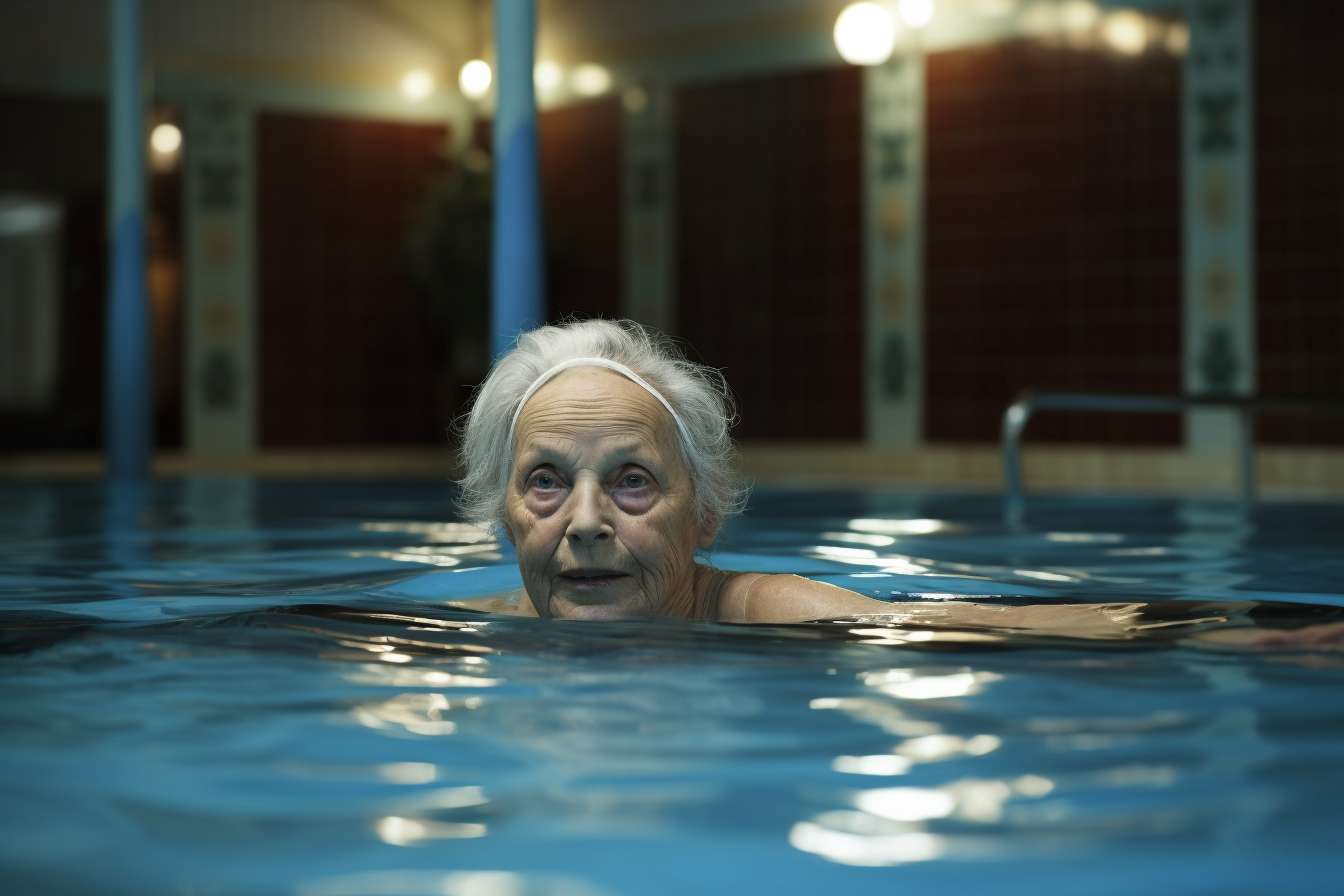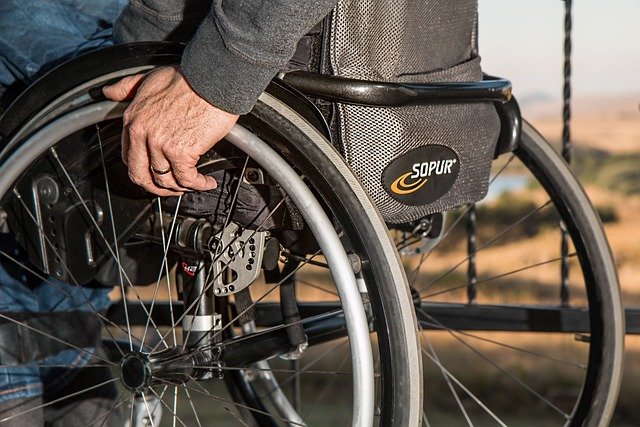Top 10 Walking Shoes for Women Over 70: Comfortable, Supportive and Stable Picks
Finding the right walking shoes becomes increasingly important as we age, particularly for women over 70 who need extra support, cushioning, and stability to maintain an active lifestyle safely. The right footwear can help prevent falls, reduce joint pain, and make daily walks more enjoyable. This guide examines essential features to look for and presents ten carefully selected walking shoes designed to meet the specific needs of older women, focusing on comfort, support, and practical functionality.

Selecting appropriate walking shoes is crucial for maintaining mobility, independence, and safety as we age. For women over 70, the right footwear can make the difference between confident, comfortable movement and increased risk of injury.
Why supportive walking shoes matter for women over 70
As women age, natural changes occur in foot structure, gait, and balance. Reduced fat padding on the soles, decreased bone density, and conditions like arthritis or neuropathy become more common. Supportive walking shoes address these changes by providing enhanced cushioning to compensate for lost natural padding, stability features to reduce fall risk, and proper arch support to maintain healthy foot alignment. Well-designed shoes can alleviate pain from existing conditions, prevent new injuries, and encourage continued physical activity, which is essential for overall health and wellbeing.
Many women over 70 experience foot widening, bunions, hammertoes, or swelling throughout the day. Shoes with adjustable closures, wider toe boxes, and breathable materials accommodate these changes while maintaining necessary support. The psychological benefit of comfortable, confidence-inspiring footwear should not be underestimated—knowing your shoes provide reliable traction and support encourages more frequent walking and outdoor activity.
Key features we evaluated: cushioning, stability, fit and traction
When assessing walking shoes for older women, several critical features determine overall suitability and safety. Cushioning technology protects joints from impact stress, with materials like EVA foam, gel inserts, or air pockets providing shock absorption. However, too much softness can compromise stability, so the ideal shoe balances comfort with a stable platform.
Stability features include wider bases, reinforced heel counters, and supportive midsoles that prevent excessive inward or outward rolling of the foot. A firm heel counter keeps the foot properly positioned, while a slightly rockered sole can ease the walking motion and reduce strain on the forefoot. Fit considerations include adequate toe box space, secure midfoot hold without pinching, and adjustable closures like Velcro straps or elastic laces that accommodate swelling and make shoes easier to put on.
Traction is paramount for fall prevention. Quality rubber outsoles with multidirectional tread patterns provide grip on various surfaces, including wet pavement. The outsole should be flexible enough to allow natural foot movement but firm enough to prevent twisting injuries. Lightweight construction reduces fatigue during extended wear, while breathable uppers prevent moisture buildup that can lead to blisters or fungal infections.
Top 10 walking shoes — short summaries and recommended uses
The following selection represents a range of walking shoes designed with older women in mind, each offering specific benefits suited to different needs and preferences.
| Shoe Model | Brand | Key Features | Recommended Use |
|---|---|---|---|
| CloudWalker Comfort | GenericFit | Extra cushioning, wide toe box, slip-resistant sole | Daily neighborhood walks, indoor use |
| StableStride Senior | ComfortStep | Enhanced stability, adjustable straps, orthotic-friendly | Uneven terrain, outdoor walking |
| SoftSupport Classic | EasyWalk | Memory foam insole, lightweight, breathable mesh | All-day wear, warm climates |
| SecureStep Pro | SafeWalk | Non-slip outsole, reinforced heel, shock absorption | Wet conditions, smooth surfaces |
| GentleGlide Motion | FlexiComfort | Rocker sole, padded collar, extra depth | Limited mobility, diabetic-friendly |
| BalancePlus Walker | SteadyFoot | Wide base, arch support, antimicrobial lining | Long-distance walking, travel |
| ComfortCradle Deluxe | SeniorStride | Gel cushioning, removable insole, easy closure | Arthritic feet, custom orthotics |
| ActiveAge Trainer | LifeStep | Supportive midsole, flexible forefoot, durable construction | Active lifestyles, exercise programs |
| EasyOn Stretch | QuickFit | Elastic uppers, no-tie design, padded interior | Limited dexterity, quick errands |
| AllDay Comfort Walk | ReliableStep | Balanced cushioning, moderate stability, classic styling | General purpose, everyday activities |
Prices, rates, or cost estimates mentioned in this article are based on the latest available information but may change over time. Independent research is advised before making financial decisions.
Each of these options addresses common concerns for women over 70, including ease of use, safety features, and comfort during extended wear. The variety ensures that women with different foot shapes, activity levels, and specific health considerations can find suitable options. When selecting from these or similar models, consider your primary activities, any existing foot conditions, and whether you use custom orthotics.
Sizing, fitting tips and orthotic compatibility
Proper sizing becomes more critical with age, as poorly fitted shoes can cause or worsen foot problems. Always measure both feet while standing, as feet naturally spread under body weight. Many women find their shoe size increases slightly with age due to ligament relaxation and arch flattening. If one foot is larger, choose shoes sized for the larger foot and use padding or insoles to adjust fit for the smaller one.
When trying on walking shoes, wear the same type of socks you plan to use regularly. There should be approximately a thumb’s width of space between your longest toe and the shoe’s end. The widest part of your foot should align with the widest part of the shoe. Walk around for several minutes to assess comfort, checking for any rubbing, pinching, or pressure points. Shoes should feel comfortable immediately—avoid the expectation that they will stretch or break in significantly.
For women who use custom orthotics or over-the-counter arch supports, look for shoes with removable insoles and extra depth. The shoe should accommodate the orthotic without making the fit too tight. Many specialty walking shoes are designed with orthotic compatibility in mind, offering additional volume in the footbed area. If you have specific medical conditions like diabetes or severe arthritis, consult with a podiatrist or certified pedorthist who can recommend appropriate footwear and ensure proper fit.
Care, durability and where to buy
Proper care extends the life of walking shoes and maintains their supportive properties. Clean shoes regularly using a soft brush and mild soap, allowing them to air dry away from direct heat. Stuffing shoes with newspaper helps them retain shape and absorbs moisture. Rotate between two pairs if possible, allowing each to fully dry between wearings, which prevents odor and material breakdown.
Walking shoes typically need replacement every 300 to 500 miles or every six months with regular use, whichever comes first. Signs that replacement is needed include visible wear on the outsole, compressed cushioning that no longer rebounds, or any discomfort that develops despite previously comfortable fit. Even if shoes look acceptable externally, the supportive materials inside degrade over time and with use.
Quality walking shoes for older women are available through multiple channels. Specialty shoe stores often employ trained fitters who can assess your gait and recommend appropriate options. These stores typically carry brands known for comfort and support, and staff can help with proper sizing. Online retailers offer convenience and often wider selection, though purchasing shoes without trying them on carries some risk. Many online sellers provide detailed sizing guides, customer reviews, and generous return policies to mitigate this concern. Medical supply stores and orthopedic shoe shops cater specifically to individuals with foot health concerns and often stock shoes approved for various medical conditions. Regardless of where you purchase, prioritize retailers with good return policies, allowing you to test shoes at home and return them if they prove unsuitable.
Investing in quality walking shoes is an investment in continued mobility, independence, and quality of life. The right pair provides not just physical support but also the confidence to remain active and engaged with the world around you.




